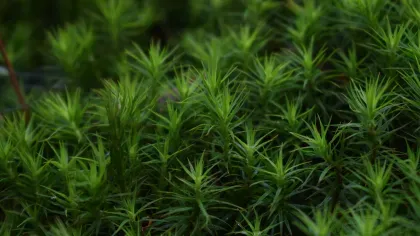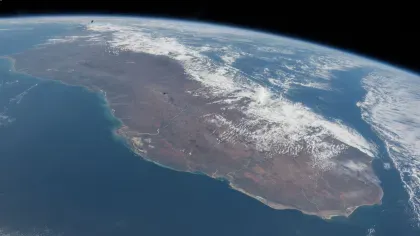22 July 2025
7 min read
Meet Lova - a Malagasy Bryologist
Dr Lova Marline shares her passion for some of the most overlooked plants in the world.

‘Bryophytes are amazing. They prevent soil erosion by controlling the flow of water through the environment and they’re truly beautiful plants!’
I’m on a video call with Dr Lova Marline, a bryologist from Madagascar who has recently moved to the US to join Harvard University. Before this, Lova was the bryophyte research leader at Kew Madagascar, our team of 60+ people based in the nation’s capital, Antananarivo.
As a bryologist, Lova studies bryophytes, a calling that started for her in 2009. Bryophytes are a group of plants that you might know as mosses, but they also include liverworts and hornworts. They’re normally the first plants to colonise new surfaces, like an unearthed stone or a brick wall. ‘They contribute significantly to soil formation,’ Lova tells me. ‘They also play a big part in forest microclimates. By holding moisture, they help keep humidity levels constant. Bryophytes are so good at regulating the flow of the water, they even help prevent flash floods and landslides.’

Bryophytes are small plants without roots. ‘Instead, they have structures called rhizoids which help anchor them in place,’ Lova explains. ‘Bryophytes absorb water and nutrients across their entire surface, they can even pull moisture directly from humid air. They’re amazing. They can completely dry out and they’ll look dead. But as soon as water is available, they will rapidly absorb it and restore themselves to their usual form. Sometimes they even change colour!’
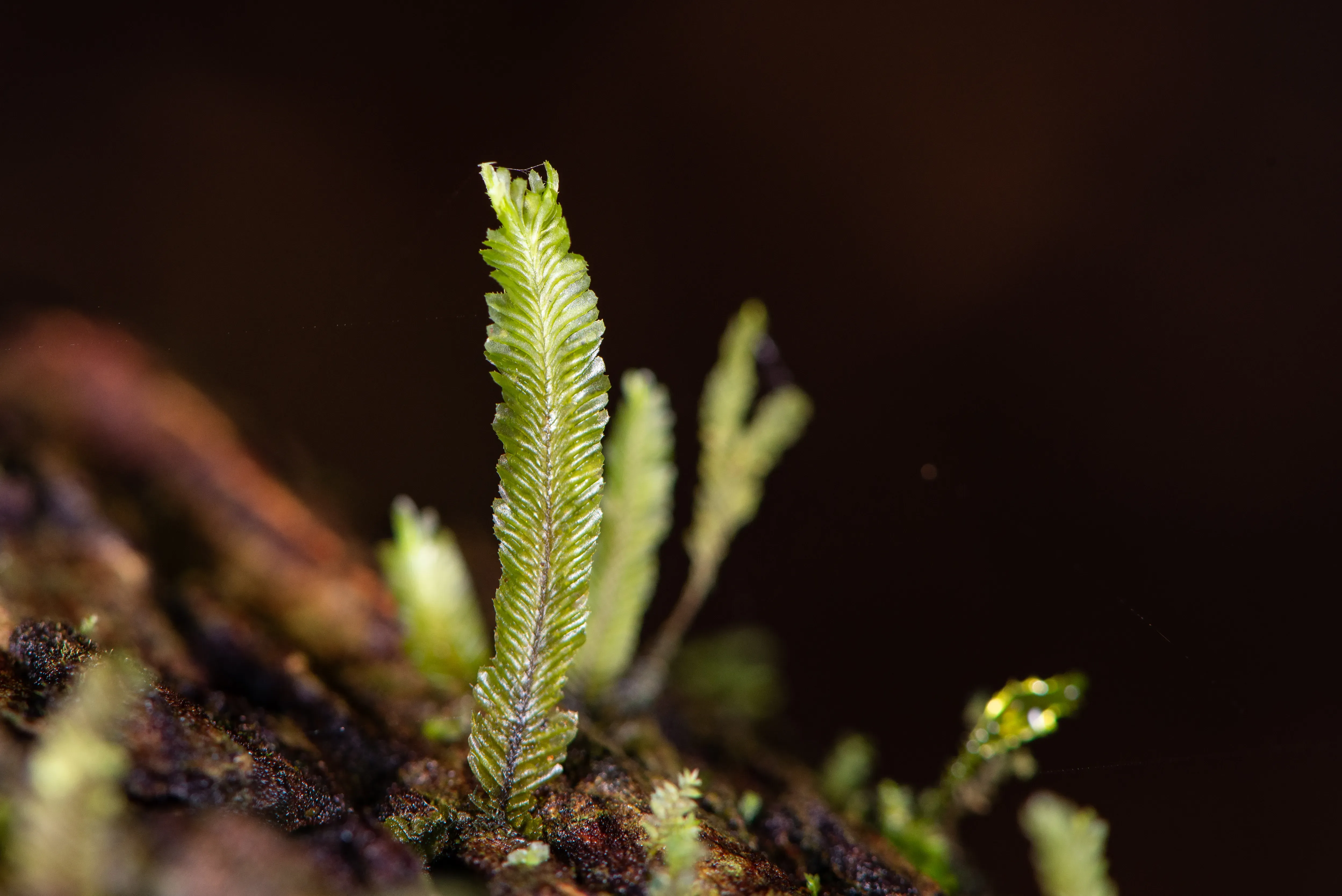
Why study bryophytes?
Bryophytes are some of the most overlooked (and most underestimated) group of plants in the world.
As far as Lova is concerned, they are also the most fascinating. ‘They’re cute!’ she exclaims when I ask why she loves this particular group of plants. ‘Bryophytes make up a huge part of global plant biomass. They are beautiful and tiny. There’s very little known about them, but that means everything you find is potentially new and exciting!’
Lova confesses that even when on holiday, she will spend time looking for bryophytes. ‘I mix business with pleasure, I can’t help it!’
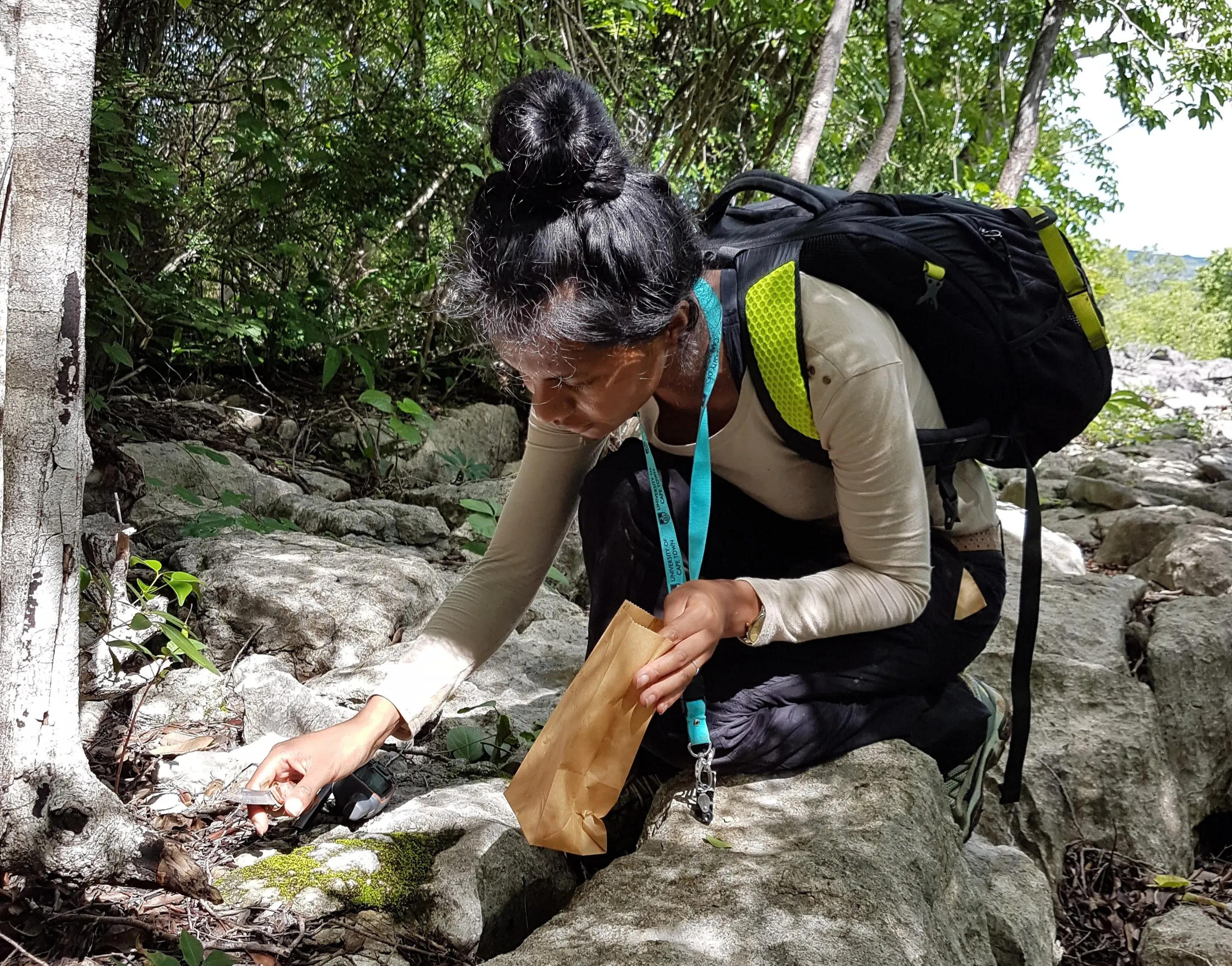
Why are there so few bryologists?
One of the main challenges with bryophyte research is something Lova refers to as ‘bryophyte blindness’.
‘People just don’t think about them,’ she says. ‘So there’s not a lot of funding for research. To the naked eye they aren’t very charismatic, not like baobabs or orchids. But when you look at them under the microscope you see that what you thought was just one moss is actually dozens of different species, each unique and so beautiful. Very few people appreciate just how diverse this group of plants is.’
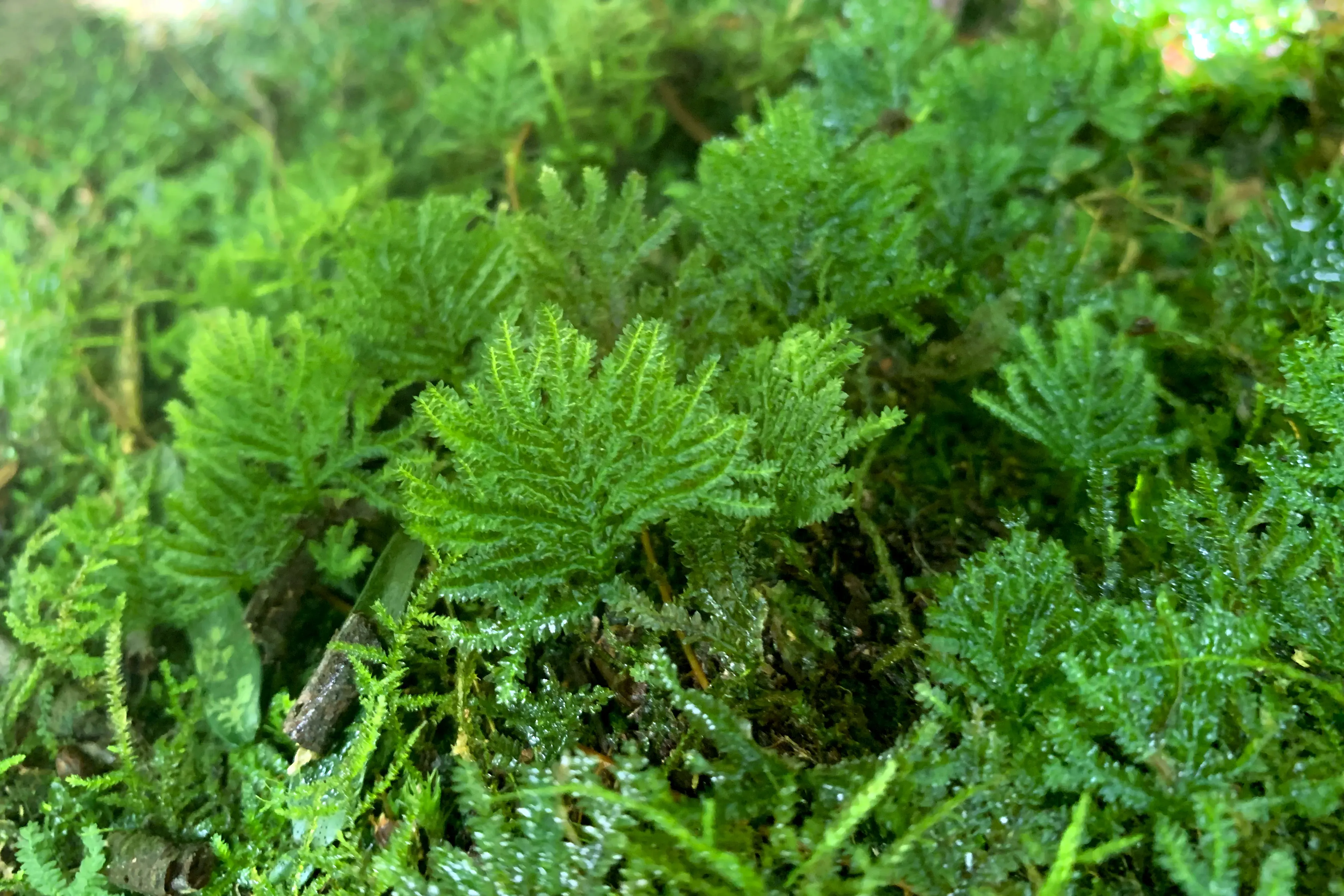
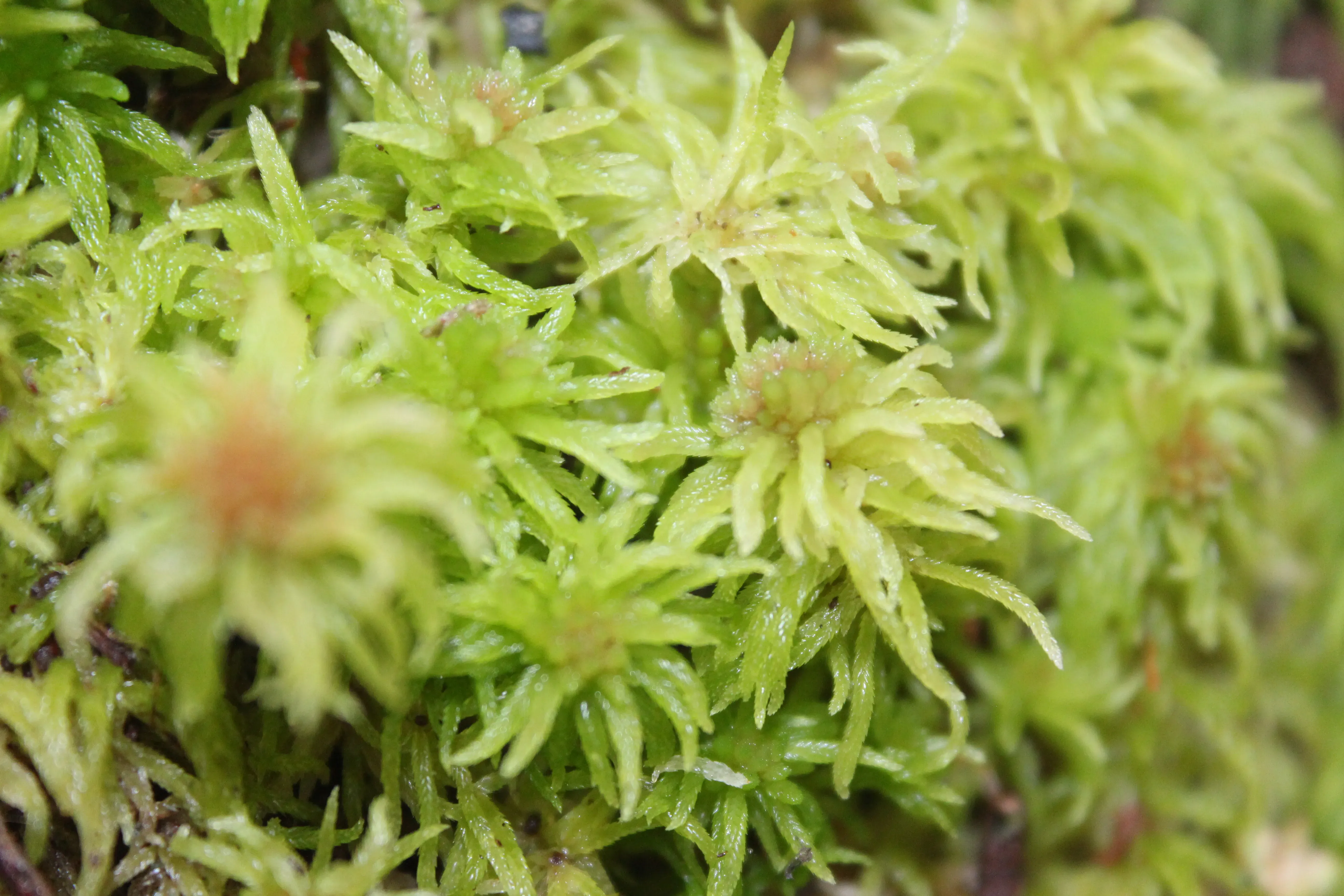
What’s special about bryophyte research in Madagascar?
In the past, very few bryologists have done research in Madagascar and Lova tells me she may be the only one currently active.
‘It’s a shame. Madagascar is an amazing place to do plant research,’ says Lova. ‘And it’s the perfect place to start changing the narrative around bryophytes and challenge bryophyte blindness. There’s a massive amount of diversity and Madagascar has species which aren’t found anywhere else in the world. There are also a lot of challenges and threats to biodiversity in Madagascar, particularly habitat loss.’
Lova explains that these threats are the reason bryophyte research urgently needs more funding. ‘We need to know what’s out there. That’s the only way we can put the right protections in place. If we don’t, we could lose something amazing and we’ll never even know it was there.’
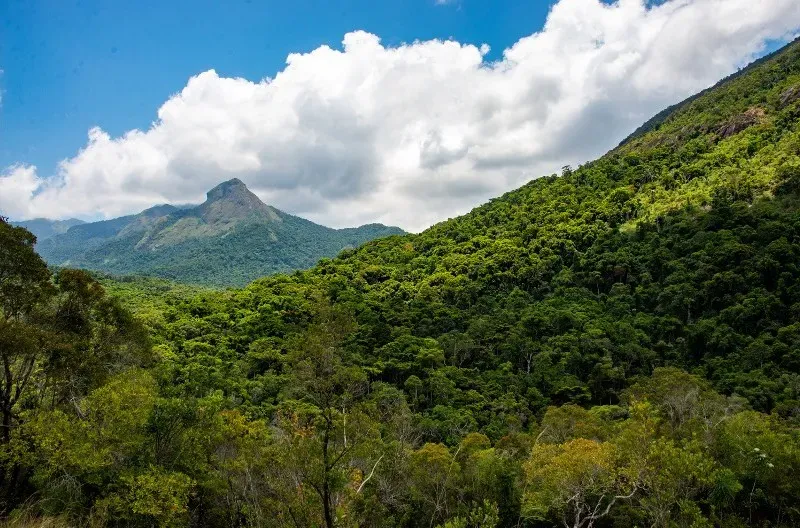
What are the biggest challenges working in the field?
Lova tells me she often collects bryophytes from remote and difficult to access locations. ‘Mostly up in mountains,’ she says. ‘Some of the places we go to haven’t been visited for 20 or 30 years, so we have to create new trails to reach them. Often, there aren’t any campsites, so even going to the bathroom can be a bit awkward, never mind the leeches!’
Carrying the necessary equipment can also be a challenge. ‘We don’t need much for collecting bryophytes,’ Lova explains. ‘But the main things we need are paper and envelopes, which end up being really heavy. For instance, for a 10 day fieldtrip, we need to carry everything required for the whole duration at once, including food and camping gear, so we have porters to help carry it all. Then we are normally accompanied by local guides, and if it’s a national park we’ll have one of their representatives as well. We can end up with as many as 20 people on a trip. Being a woman, leading a team of 20 - mostly men - in remote areas can be challenging.’
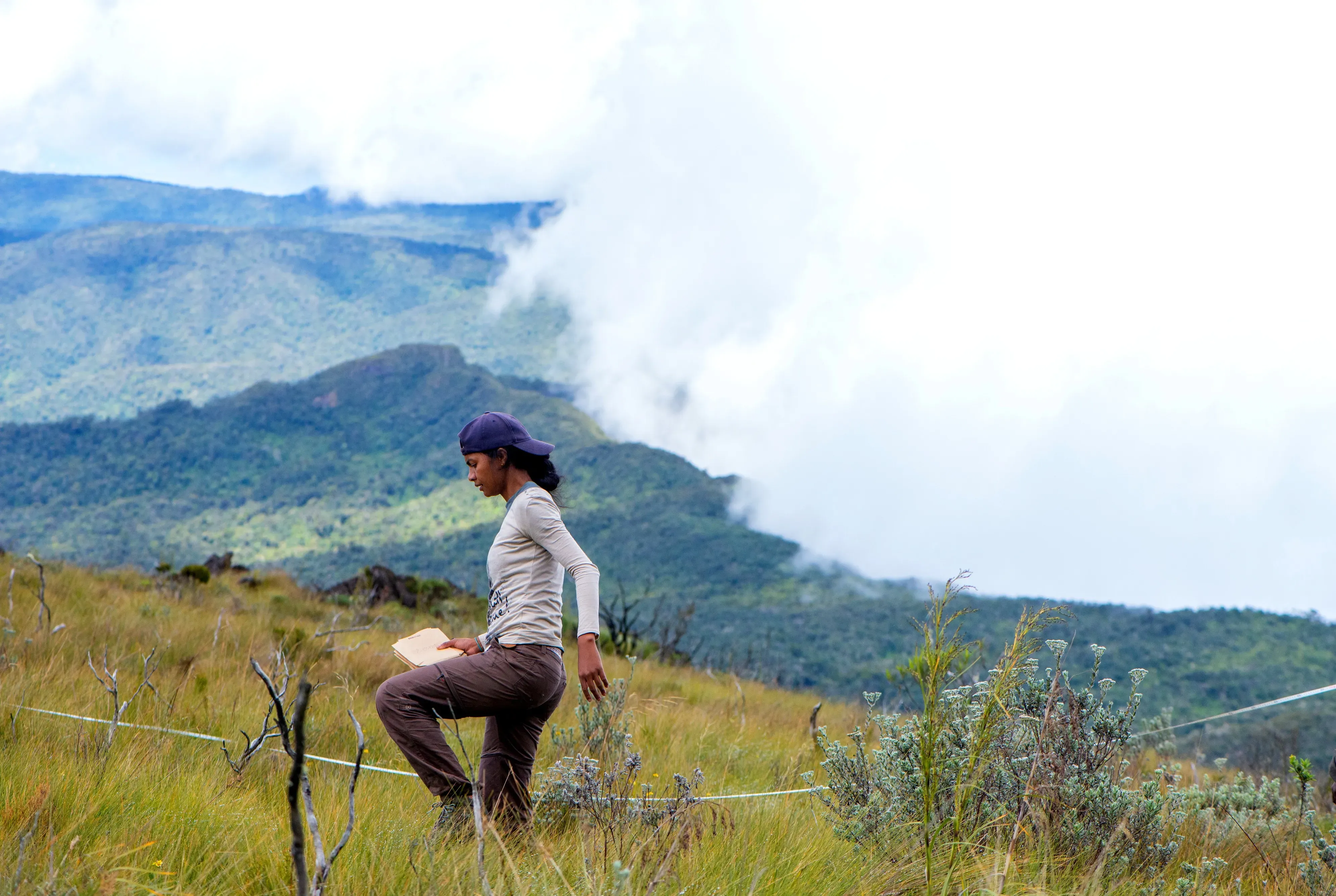
Lova’s favourite bryophyte
Lova tells me her favourite species is a liverwort called Pleurozia gigantea. ‘It looks a bit like a moss except it’s this beautiful red colour,’ she explains. ‘It’s only found at high elevations.’ One sad consequence of bryophyte blindness is that, beautiful as it is, Pleurozia gigantea doesn’t have a common name.
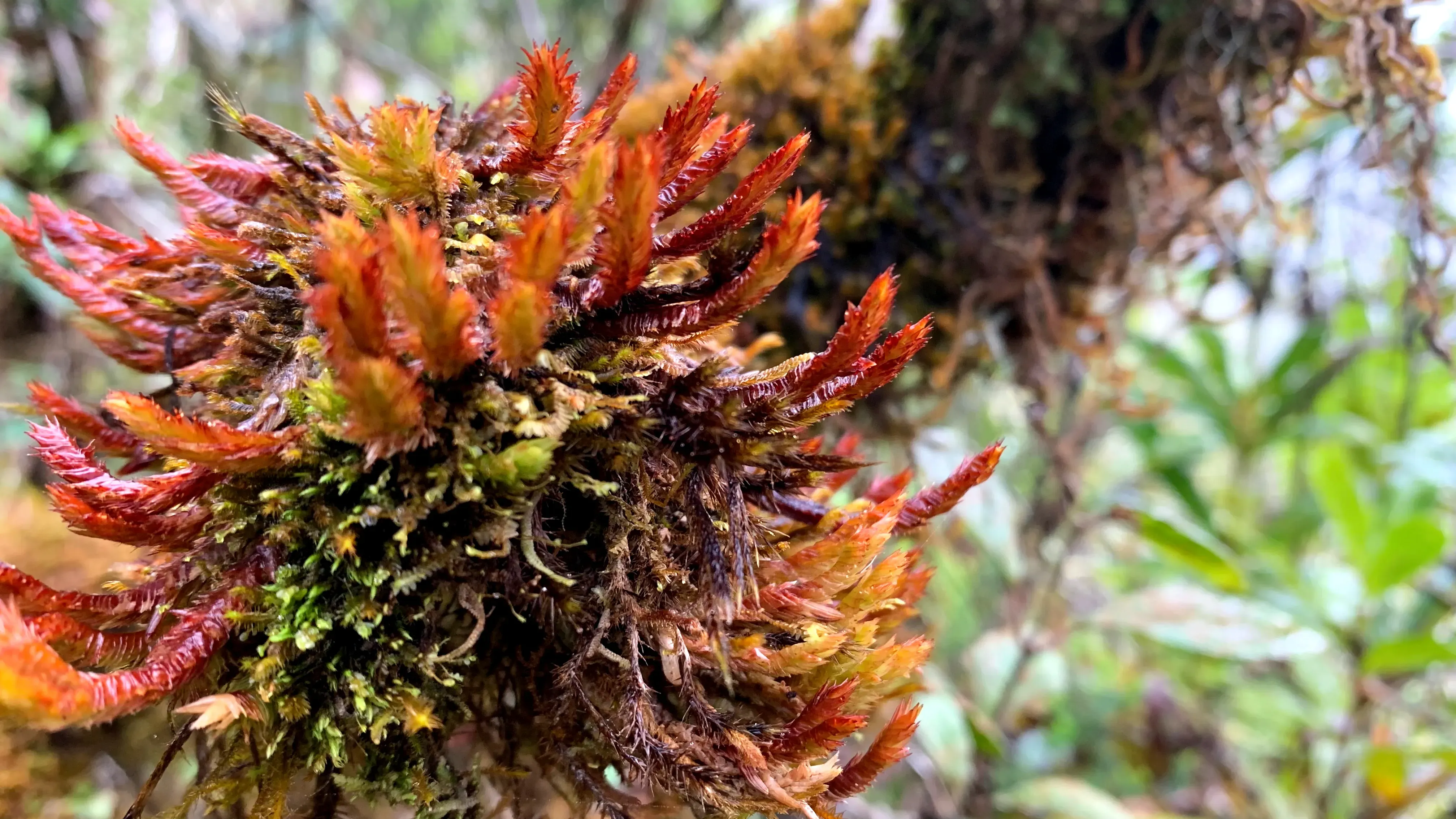
Training the next generation of bryologists
Lova’s biggest priority is getting new researchers interested in bryophytes. ‘Currently, there isn’t really anyone for me to pass on the torch to,’ she tells me. ‘I’ve recently moved to the US , but I’m really lucky to have some amazing students back home in Madagascar. I’ve made sure they have all the resources they need but I wish I could be there to watch their progress in person.'
'Most university programs barely touch on bryophytes. Again, it’s bryophyte blindness - they’re just not part of the curriculum - so my students were pretty much starting from scratch when they came to work with me. I really hope to pass on my passion to them and that they’ll stay motivated and excited about studying bryophytes.’
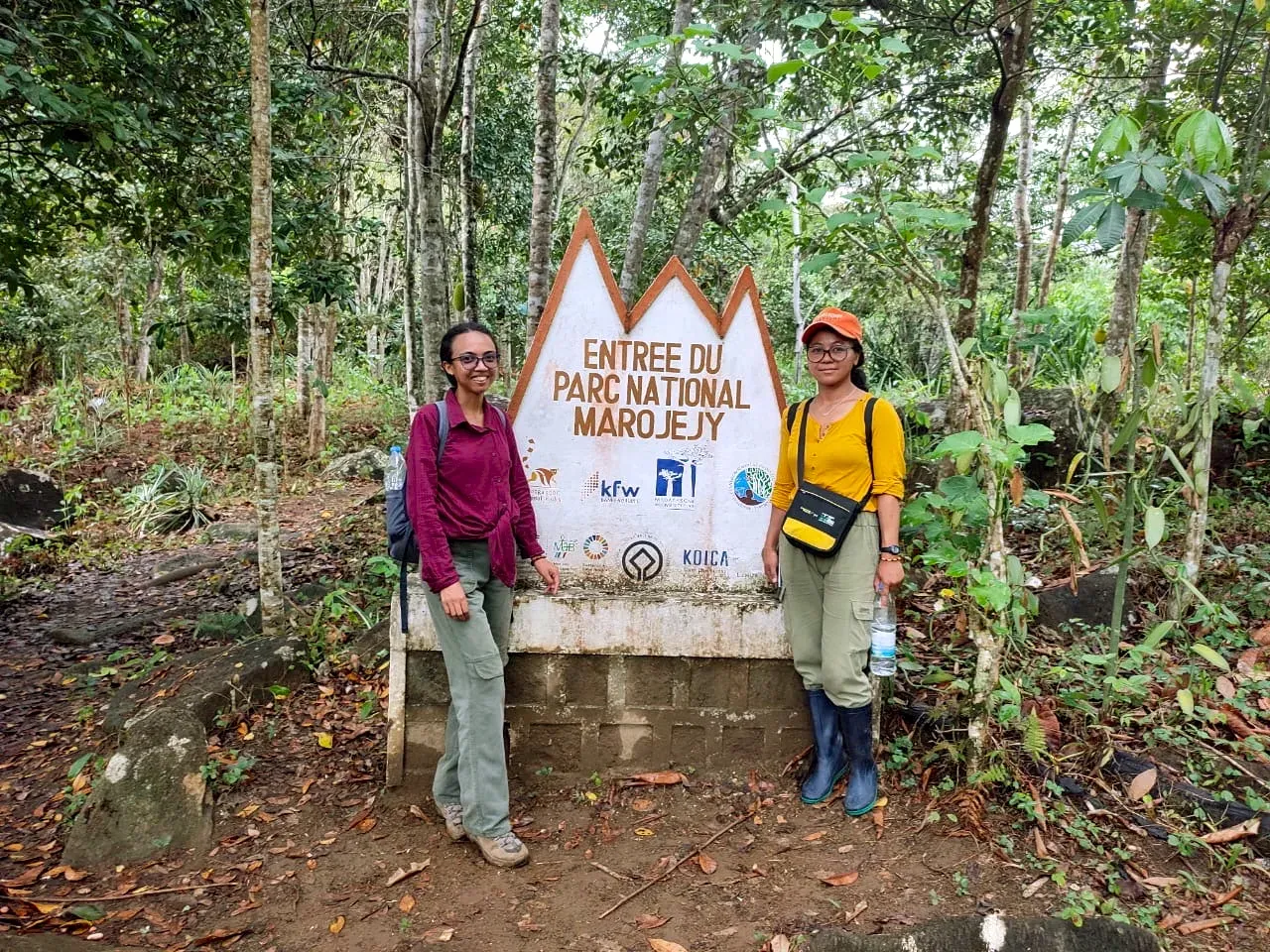
I ask her what she would say to anyone wondering if they can do bryophyte research in Madagascar. ‘As long as you’re not scared of leeches!’ she jokes. ‘I’d love to get more people. When I first tried to recruit students, it took months before anyone showed any interest.'
'It seems that, amongst Malagasy students, there’s a perception that you can’t do good science unless you study charismatic groups or conduct extensive fieldwork – it’s so important to change that narrative. It doesn’t matter what your background is, anyone can be a scientist, you just need to be passionate about your subject! I now have three brilliant students. I’m so proud of what they’ve achieved and how much they’ve learned so far.’
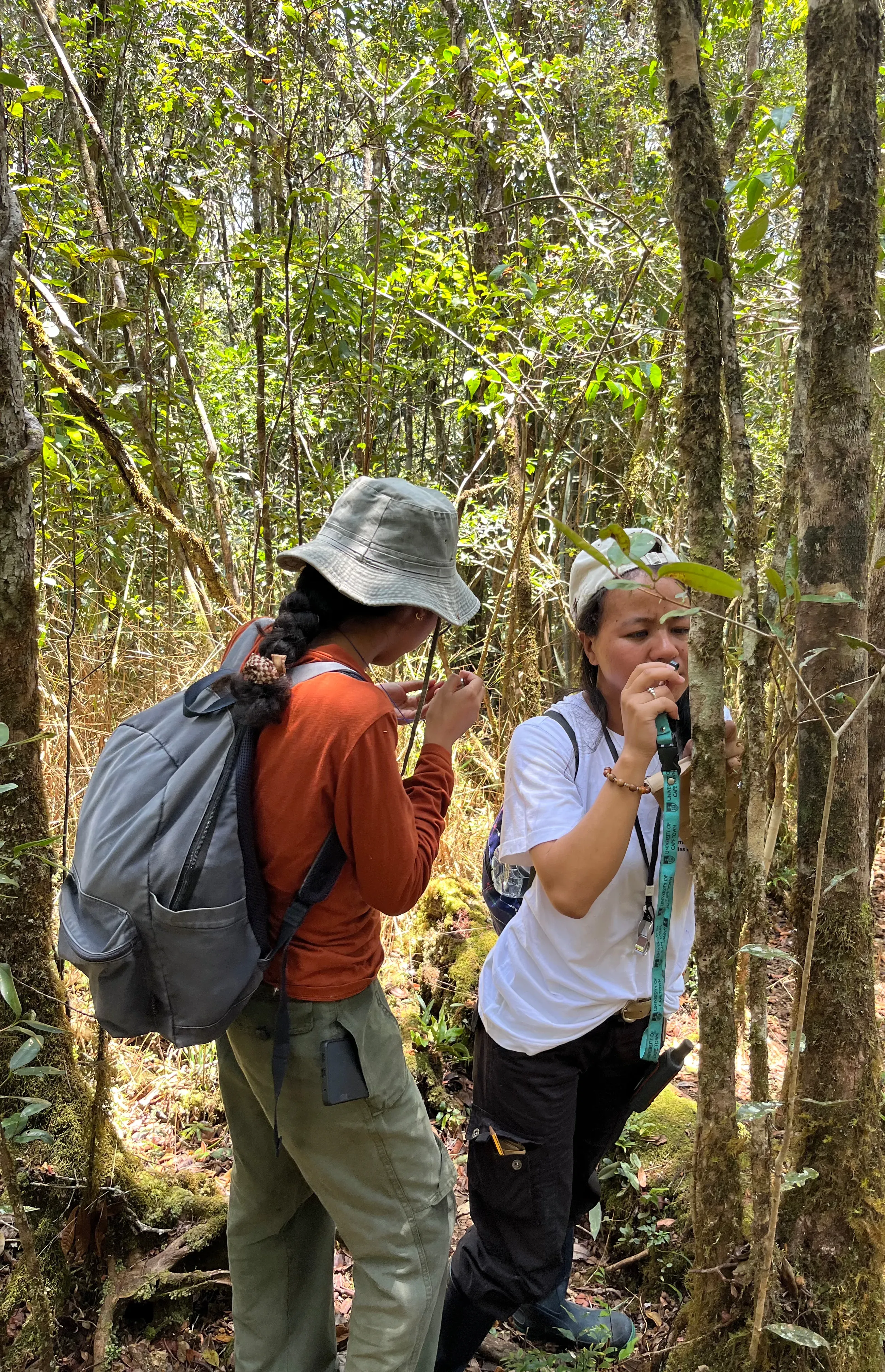
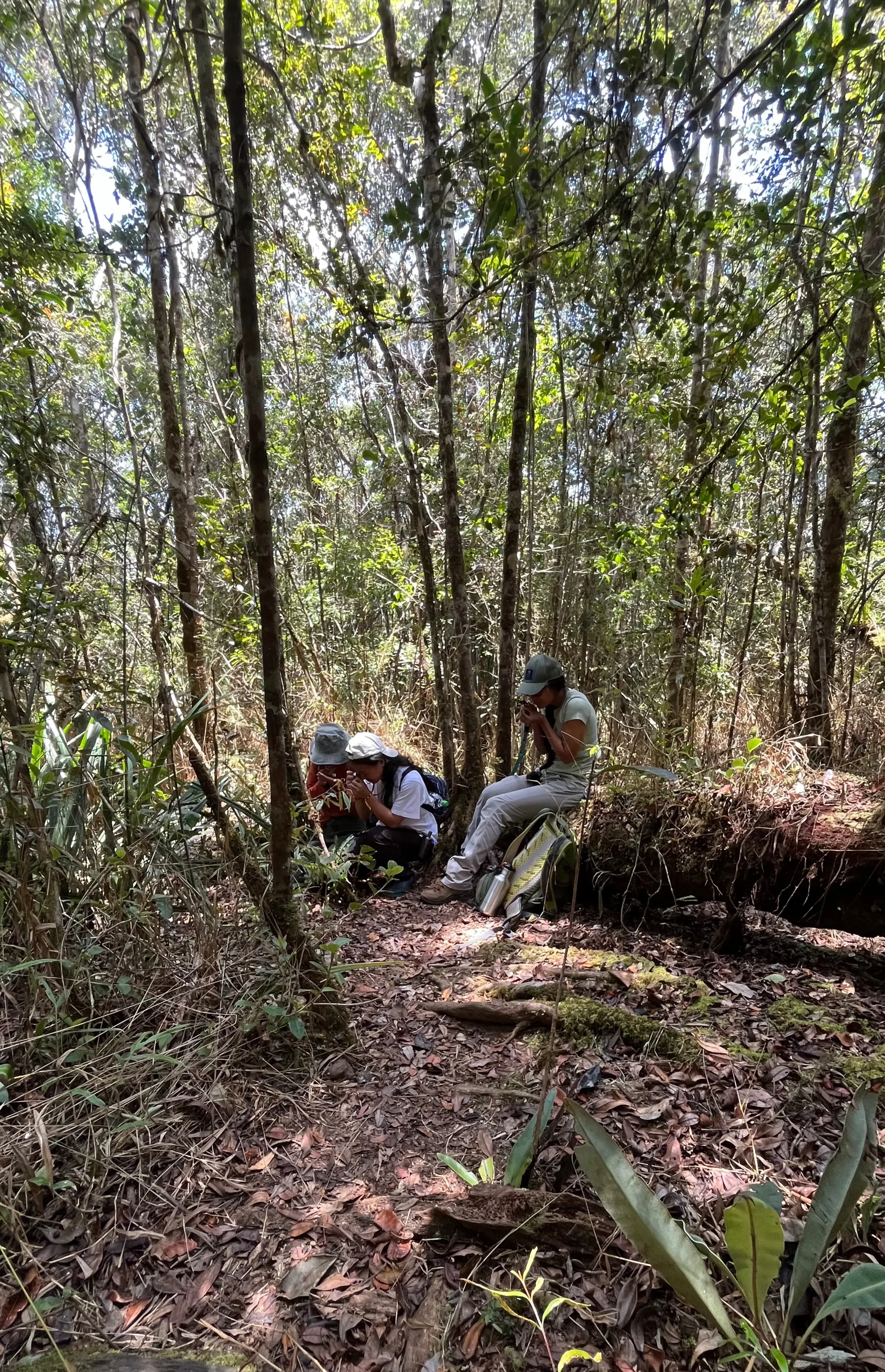
Discover more and get involved
‘What’s the one thing you wish everyone knew about bryophytes?’ I ask Lova. ‘They’re not lichens!’ she laughs. ‘It’s an easy mistake to make if you’ve never really thought about them, but my aim is to get the world interested enough in bryophytes that everyone can tell them apart!’
Lichens are hybrid organisms: fungi and algae or cyanobacteria living in a mutually beneficial partnership. You might find lichens and bryophytes in similar places, but they’re actually as different from each other as squirrels and oak trees!
Wherever you live in the world, these minute wonders and many more are waiting for you just outside your door. ‘Bryophytes are everywhere,’ says Lova. ‘Anyone can get involved, you just have to go and see what’s out there!’
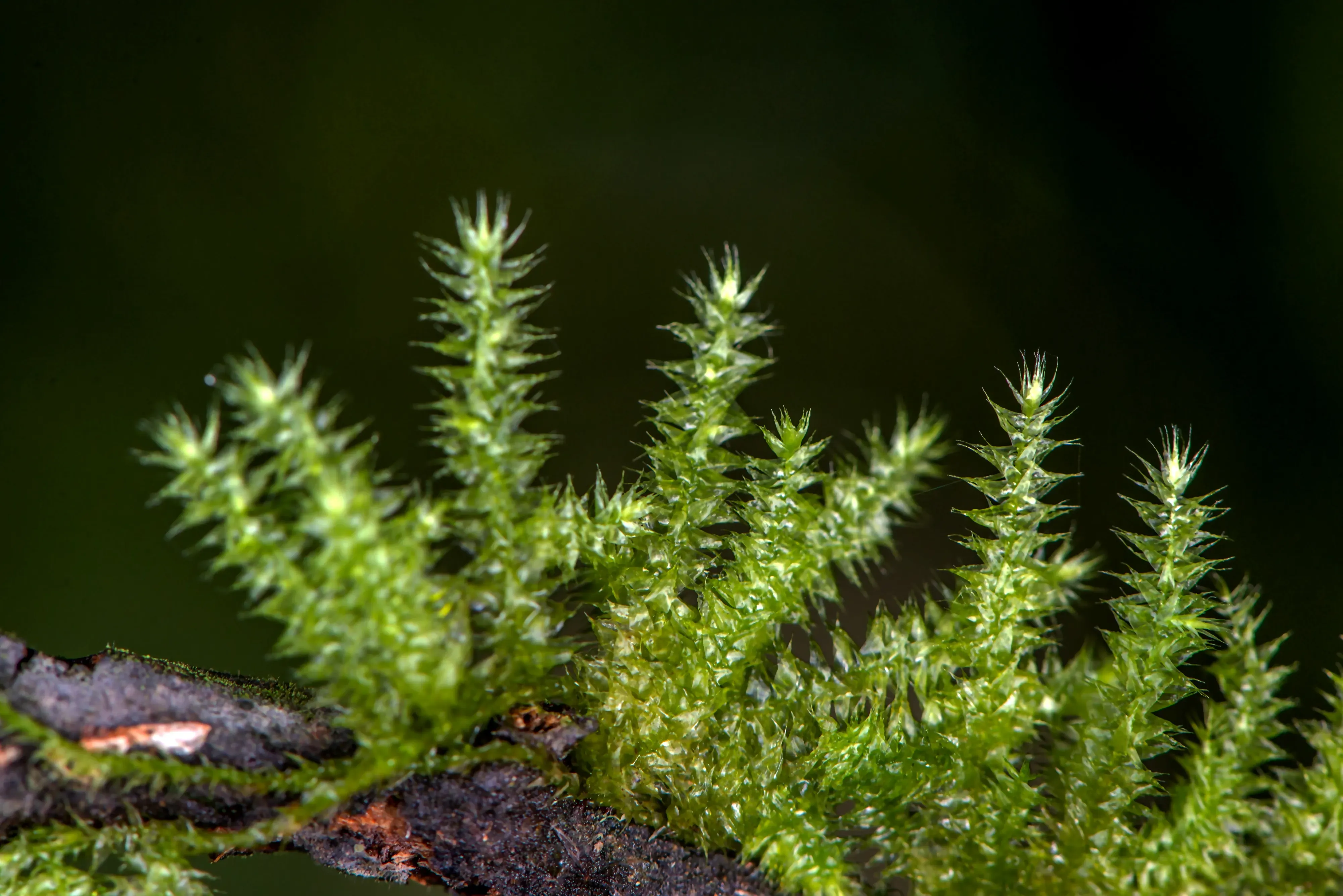
For those who’d like to know more about Lova’s research, her latest paper – co-authored with Kew’s Executive Director of Science, Prof Alex Antonelli, and other collaborators – explores the issues of bryophyte blindness and ideas on how to tackle it.
If Lova and I have successfully converted you into a budding bryologist, iNaturalist is a great tool to take with you as you start your new hobby. Not only will it help you with identifying your latest discovery, you’ll also be helping researchers like Lova by sharing what you find with iNaturalist’s online community. You can see more Kew citizen science projects involving iNaturalist below.
We can’t wait to see what you discover!
Find out more
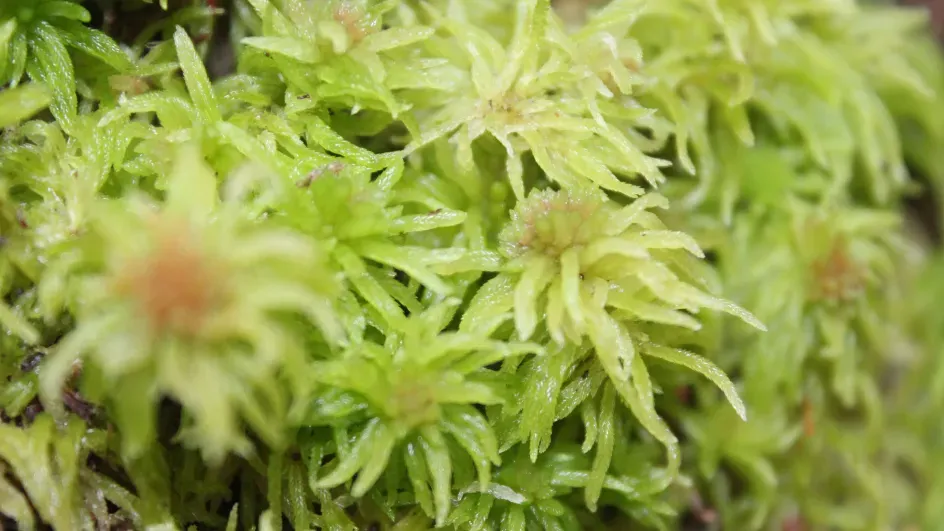
Advancing bryophyte research
If you'd like to find out more about Lova's research and her ideas on tackling bryophyte blindness, take a look at her latest publication:
'Advancing bryophyte research and conservation: a case study on Madagascar'.
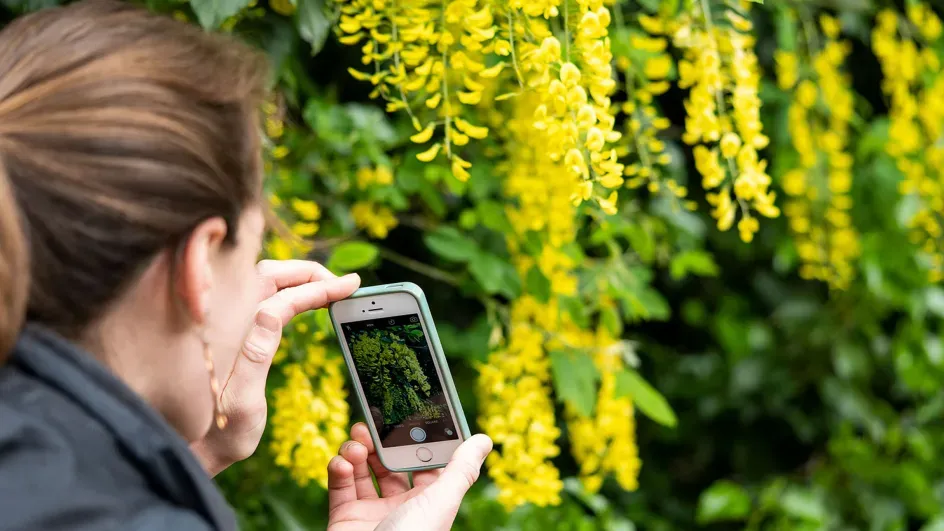
Citizen science
If you're a newly converted bryologist, iNaturalist is a free social media platform that can help you in your new hobby.
Find out more on our pages Identifying Malagasy plants and Smartphone conservation.

.jpg503d.webp?itok=SWSarf2R)
